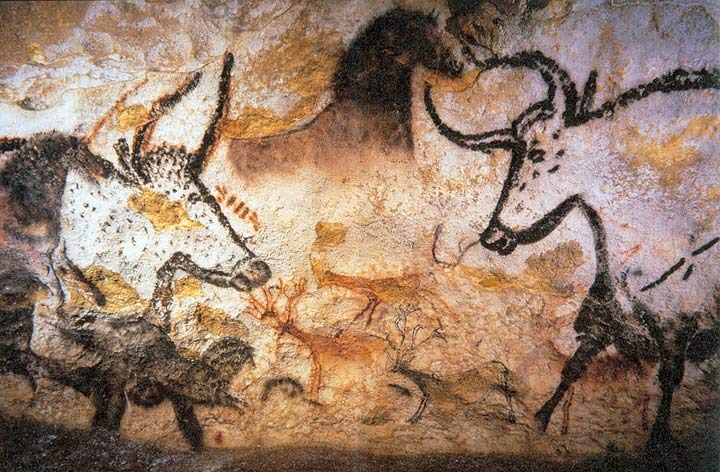We think in stories. Call them schemas, scripts, cognitive maps, mental models, metaphors, or narratives, they are how we explain the world to ourselves and share our worldview with others. We tell ourselves stories about our selves (identity), stories about the world (perceptions), stories about others (relationships), and stories about our experiences (interpretation). TIP!
Do you admire someone else’s writing? Would you like your writing to reflect the same tone? Copy it. I mean literally, type out the text you admire. Copy a paragraph or two and when you work on your own writing the tone will carry over. I don’t know why this works, it just does.This hard wired impulse, to document and share our experiences, is at the root of all of the arts. At the same time we are attracted to seeing the world through another person’s eyes. Listening to someone else’s stories is like being in a flight simulator trying out a flight path. Stories are simulations we run on the mental machinery of our own imaginations. Because of the human attraction to stories, storytelling is a powerful way to connect with visitors. When we tell the story of a work of art, it creates personal, emotional and memorable pathways to meaning. Consider the story of Harriet Powers and her quilts. Because that interpretation was written as a story, with a particular point of view, it is so much more powerful than an analysis of the iconography found on the quilt. In fact, connecting with Harriet Powers might make you curious to know more about the iconography on the quilt!

Have you ever noticed that when we talk about the power and science of stories, the cave paintings at Lascaux (France) are often present? Pictures of the cave paintings appear as illustrations to articles and on the cover of books about storytelling. The cave paintings are presented as evidence of our history of storytelling, evidence that from the beginning we’ve told stories. But the cave paintings are not stories. They are paintings. They’ve become evidence of our storytelling as a species because of the stories we tell about them. Let that sink in. If anything should convince you of the power of the connection of art and stories, that should be it.
